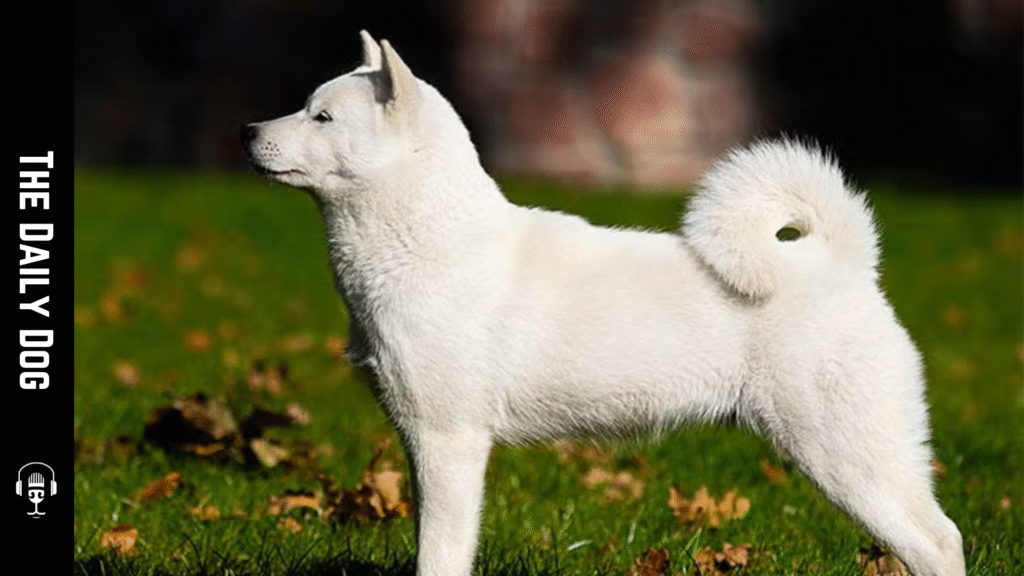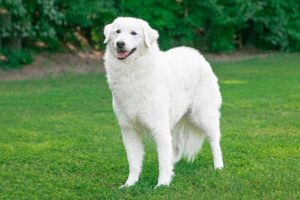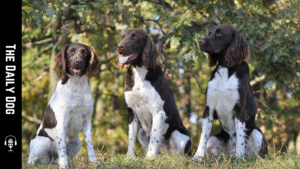The Hokkaido dog, often referred to as the “Ainu dog,” is a remarkable breed that embodies loyalty, strength, and resilience. Originating from Japan’s northernmost island, Hokkaido, this breed has a rich history intertwined with the native Ainu people and their hunting traditions. Today, the Hokkaido dog continues to captivate dog enthusiasts and pet owners worldwide with its striking appearance, impressive agility, and unwavering loyalty. In this article, we delve into the origins, physical characteristics, temperament, care requirements, and the reasons why the Hokkaido dog remains a treasured breed in Japan and beyond.
Origins and History of the Hokkaido Dog
The Hokkaido dog’s roots trace back over a thousand years to the indigenous Ainu people of Japan’s Hokkaido Island. These dogs were primarily bred for hunting large game such as bears, boars, and deer. Their rugged build, keen senses, and formidable hunting skills made them invaluable companions in the wild northern terrains.
Historically, the breed was known by various names, including the “Ainu dog” and “Hokkaido Ken.” It was only in the early 20th century that efforts were made to standardize and preserve the breed, especially as modernization and urbanization threatened to diminish its numbers. Recognized officially by Japanese canine organizations, the breed was declared a natural monument of Japan in 1937, emphasizing its cultural and historical significance.
The Hokkaido’s resilience and adaptability helped it survive various challenges over the centuries, from harsh weather conditions to human encroachment on its habitat. Today, the breed symbolizes both Japanese cultural heritage and the ideals of loyalty and courage.
Physical Characteristics of the Hokkaido Dog
The Hokkaido dog is a medium-sized breed with a sturdy and muscular build, reflecting its history as a rugged hunting companion. Here are some of the breed’s defining physical traits:
Size and Weight: Adult males typically stand between 20.5 to 22.1 inches (52-56 cm) at the shoulder and weigh around 50 to 60 pounds (23-27 kg). Females are slightly smaller, measuring approximately 19.3 to 20.9 inches (49-53 cm) and weighing about 40 to 50 pounds (18-23 kg).
Coat and Color: The breed has a dense, double-layer coat that provides insulation against cold weather. Coat colors are predominantly sesame (red with black-tipped hairs), black, or red. The white coloration is also common, especially on the chest, belly, and legs.
Head and Facial Features: The Hokkaido has a broad, slightly rounded skull with a well-defined stop. Its eyes are small, dark, and almond-shaped, giving it an alert and intelligent expression. The ears are triangular, erect, and set high on the head.
Tail: The tail is thick, curled over the back, or carried to one side, a characteristic trait of the breed.
The breed’s physical attributes are perfectly suited for its original purpose—hunting and survival in cold, rugged environments.
Temperament and Behavior
The Hokkaido dog is renowned for its brave, loyal, and intelligent nature. Its temperament makes it an excellent family pet for experienced dog owners who understand the breed’s specific needs.
Loyal and Protective: The Hokkaido forms strong bonds with its family members and is known to be protective of its loved ones. It can be wary of strangers, making it a natural guard dog.
Intelligent and Independent: The breed is highly intelligent and independent, which sometimes translates into a stubborn streak. Early socialization and consistent training are essential to ensure well-behaved behavior.
Energetic and Agile: As a highly active breed, the Hokkaido requires ample exercise and mental stimulation. It enjoys outdoor activities such as hiking, running, and agility training.
Good with Children: When properly socialized from a young age, the Hokkaido can be gentle and affectionate with children. However, due to its natural guarding instincts, supervision is recommended during interactions with unfamiliar people or other pets.
Training and Socialization: This breed responds best to positive reinforcement techniques. Firm, consistent training helps establish boundaries and encourages respectful behavior.
Caring for a Hokkaido Dog
Owning a Hokkaido dog requires understanding its specific care needs to ensure a healthy and happy life.
Exercise Needs
The breed’s high energy level demands daily physical activity. Aim for at least an hour of vigorous exercise, such as long walks, play sessions, or agility exercises. Mental stimulation is equally essential; puzzle toys and training exercises keep their sharp minds engaged.
Grooming Requirements
Hokkaido’s dense coat sheds seasonally, with heavier shedding occurring twice a year. Regular brushing—at least twice a week—helps manage shedding and keeps the coat healthy. During shedding seasons, daily brushing may be necessary to prevent matting and tangles. Bathing should be infrequent, typically only when the dog becomes dirty.
Diet and Nutrition
A balanced, high-quality dog food formulated for active breeds supports the Hokkaido’s energy needs and overall health. Consult with a veterinarian to determine appropriate portion sizes and dietary restrictions, especially if the dog has specific health concerns.
Health Considerations
While generally a healthy breed, the Hokkaido is prone to specific genetic health issues, including:
- Hip Dysplasia: A common concern in many medium and large breeds, affecting joint health.
- Progressive Retinal Atrophy (PRA): A hereditary eye disorder leading to blindness.
- Hypothyroidism: A condition where the thyroid gland underproduces hormones, causing various health problems.
Regular veterinary check-ups, genetic screening, and a healthy lifestyle are essential for maintaining the breed’s well-being.
Training and Socialization Tips
To develop a well-rounded Hokkaido dog, early socialization is critical. Introduce the puppy to various environments, people, and other animals gradually and in a positive manner. Consistent, patient training using positive reinforcement techniques will help curb stubbornness and build mutual trust.
Obedience classes can be beneficial, especially for first-time dog owners. The breed responds well to firm, confident leadership but should never be subjected to harsh punishment.
The Hokkaido Dog as a Family Pet
While the Hokkaido can be a loyal family companion, it is best suited for owners with experience in handling independent and protective breeds. Its reserved nature means it may not be the best choice for households with very young children or those seeking an overly affectionate pet. However, with proper socialization and training, it can be a loving and dependable addition to an active family.
Why the Hokkaido Dog Continues to Enchant Enthusiasts
Hokkaido’s unique combination of physical beauty, intelligence, and loyalty makes it a breed that stands out among Japanese and global dog breeds. Its striking appearance, reminiscent of a small bear with its curled tail and dense coat, captures the admiration of dog lovers.
Moreover, the breed’s resilience and adaptability enable it to thrive in diverse environments, provided its needs are met. Its status as a natural monument and cultural icon in Japan adds to its mystique and desirability.
Conclusion
The Hokkaido dog is more than just a beautiful breed; it is a symbol of resilience, loyalty, and courage deeply rooted in Japan’s history. Its physical prowess and sharp intelligence require dedicated care, training, and socialization, making it best suited for experienced dog owners. With proper attention to its needs, the Hokkaido dog can become a devoted and protective family companion, embodying the spirit of its northern homeland.
Whether you are an avid dog enthusiast or looking for a loyal guardian for your family, the Hokkaido dog’s remarkable traits and storied history make it a breed worth considering. Embrace the challenge and rewards that come with this noble Japanese breed, and you will gain a lifelong friend who embodies strength, loyalty, and resilience.










